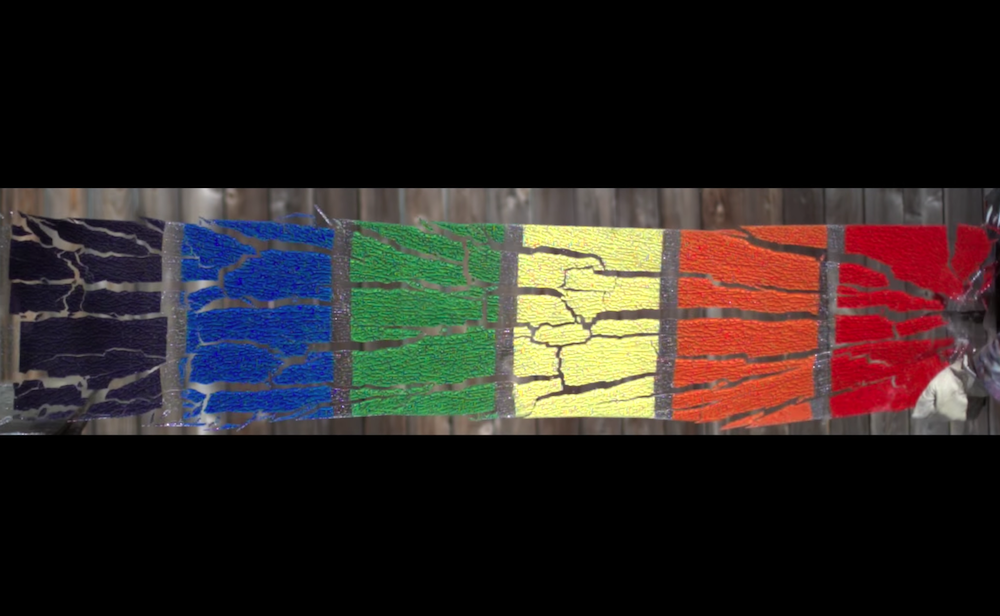
[Image above] The Slow Mo Guys Gav and Dan measured crack propagation speed in glass using a camera that recorded just over 78,000 frames per second. Credit: The Slow Mo Guys, YouTube
The Slow Mo Guys are at it again.
Last April, we took a look at their slo-mo video of a Shaolin monk breaking—but not busting through—a piece of glass with a needle.
We asked ACerS Fellow and glass expert John Mauro about that video, and he said you need a camera capturing 500,000 frames per second to really see how glass breaks upon impact. That means the Slow Mo Guys were a bit too slow—they recorded with a measly 28,500 frames per second.
Not this time.
In this week’s video, the Slow Mo Guys again record the slow breaking of glass, but they lowered resolution on their Phantom V2512 camera to achieve rates of about 28,500, 78,000, and 481,000 frames per second, respectively, on three separate pieces of tempered glass.

The Slow Mo Guys calculated crack propagation speed as 1,458 meters per second (4,758.5 feet per second) using a camera recording at 78,597 frames per second. Credit: The Slow Mo Guys, YouTube
The Slow Mo Guys reported crack propagation speed as 1,458 meters per second (4,758.5 feet per second). You could calculate the speed for yourself, or you could check out this Wired article by Southeastern Louisiana University professor Rhett Allain. Allain shows how he calculated crack propagation speed, and his calculation is comparable to the Slow Mo Guys’ reported value.
Hang on, though. Don’t waves travel through a material at the speed of sound? For glass, the speed of sound is about 4 to 5 kilometers per second, but the Slow Mo Guys recorded crack propagation speed at just under 1.5 kilometers per second. Why do the cracks move so relatively slow?
A wave moves in one of three ways: as a primary (longitudinal) compression wave, a secondary (transverse) shear wave, or a surface (Rayleigh) wave. Primary waves are the fastest, followed by secondary waves, and finally surface waves. When a crack propagates, there are multiple different waves at work, each moving as one of these three wave types.
In a perfectly brittle material stressed in tension, you could see crack propagation occurring at—or above—the speed of sound. But materials are rarely perfectly brittle and stressed in tension. It is more likely you will see crack propagation ranging between 0.01 to 4 kilometers per second, depending on strain-energy distribution.
In regard to the Slow Mo Guys, their reported value falls in line with this range—and in line with another paper that found average crack propagation speed to be about 1,536 meters per second (5,040 feet per second).
Now you may be curious to test crack propagation for yourself. Well, the Slow Mo Guys never said not to try this at home—just be sure to grab safety glasses, a super fast camera, and (recommended) tempered glass!
Credit: The Slow Mo Guys, YouTube

